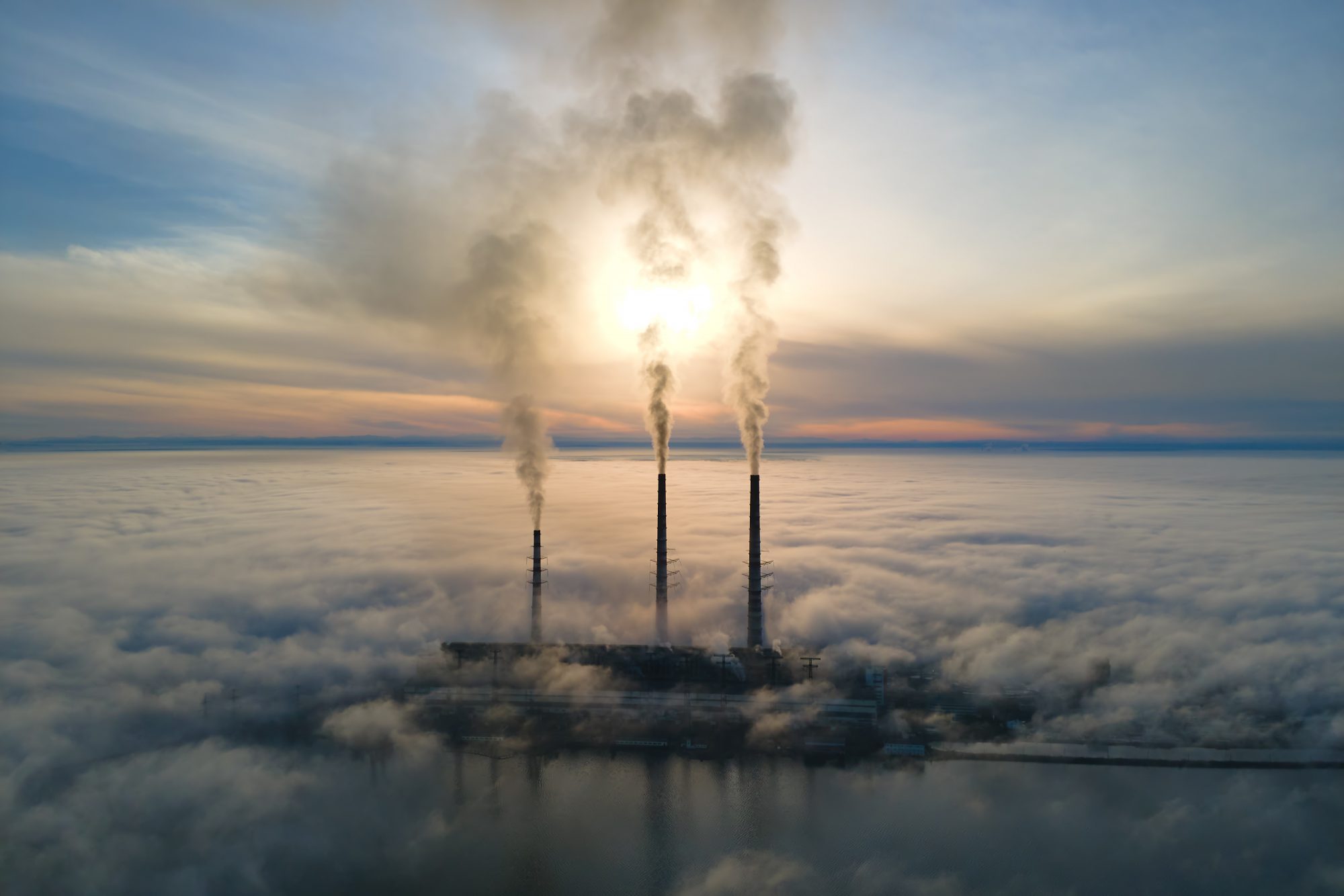As the world continues to rely on fossil fuels for energy, concerns about the environmental impact of carbon dioxide (CO2) emissions have grown. To address these concerns, carbon capture, transportation, and storage (CCTS) techniques have emerged as crucial solutions. CCTS involves capturing CO2 emissions, compressing the gas, and transporting it to long-term storage sites. Given the massive volumes of CO2 generated by power plants, hydrocarbon production, and other industries, pipelines, and tankers are the most practical transportation methods.
However, transporting CO2 presents significant challenges, particularly regarding pipeline corrosion. CO2, especially when mixed with impurities or water, can create a highly corrosive environment, threatening the integrity of pipelines. To ensure safe and efficient CO2 transportation, it is essential to use advanced materials and corrosion protection strategies.
DragX: A Superior Solution for CO2 Transport
DragX, an innovative nanocomposite surface treatment, offers a powerful solution to the challenges of CO2 transportation. By forming an ultra-thin, omniphobic layer on pipeline surfaces, DragX actively prevents the buildup of corrosive materials. This technology is particularly effective in the high-pressure conditions typical of CO2 transport, as it reduces the risk of corrosion caused by impurities and moisture.
In addition to protecting pipelines from corrosion, DragX enhances flow efficiency by reducing friction within the pipeline. This dual benefit—protection and efficiency—makes DragX an ideal solution for pipelines involved in carbon capture and storage operations. By utilizing DragX, pipeline operators can significantly extend the lifespan of their infrastructure, lower maintenance costs, and reduce the risk of leaks or failures.
Tackling the Corrosion Challenge
Corrosion is a major concern in CO2 transport pipelines. When CO2 is combined with water or other impurities, it can form carbonic acid, which aggressively corrodes steel pipelines. Traditional corrosion inhibitors often need frequent reapplication and may not provide long-term protection, especially under the harsh conditions typical of CO2 transport.
DragX offers a more durable and effective solution. Its nanocomposite coating forms a chemically bonded layer with the pipeline surface, creating a barrier that prevents corrosive agents from penetrating the metal. This advanced approach reduces the need for frequent maintenance while ensuring consistent protection throughout the pipeline’s operational life.
The Future of Carbon Capture and Transport
As carbon capture and storage technologies evolve, the demand for reliable, long-lasting pipeline protection will increase. Incorporating advanced solutions like DragX into CO2 transport infrastructure represents a significant advancement in ensuring the safety and efficiency of these systems. By investing in cutting-edge corrosion protection technologies, the energy industry can better manage the environmental impact of fossil fuel use while protecting its infrastructure from the challenges of CO2 transportation.
In the fight against climate change, carbon capture and storage are essential strategies. However, the success of these strategies hinges on the reliability of the infrastructure used to transport CO2. DragX provides an innovative and effective solution to the corrosion challenges faced in CO2 transport, ensuring that pipelines remain safe, efficient, and durable. As the world moves toward a more sustainable future, technologies like DragX will be crucial in supporting the energy industry’s efforts to reduce greenhouse gas emissions. Contact us to learn more about DragX.

